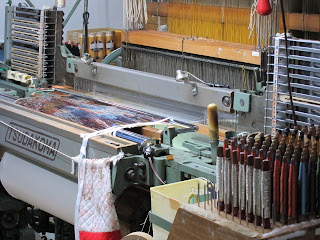In Japan, the school year starts in April and ends March. And the opening ceremony and the graduation ceremony are the two most important days in a year.
Today at many junior high schools in Osaka, the graduation ceremony was held with solemnity.
From the graduating class entered the gym to the end, the gym is filled with a sense of tension. The graduation proceeds with the conferring of diplomas, speeches, and then a succession of songs. The first
song, a kind of farewell serenade, is sung by the 1st and 2nd
grade students. Then it
is graduating class's turn to sing a song. Probably
some girls (boys too) struggle to sing while trying to hold back
tears. Today is the final day of the junior high school and from now they all go to their next step, different high schools and works.
Not only graduates but also teachers remember their good days and bad days for the past three years.
For parents, too, this ceremony is very important. They can see their children's growth.
I remember graduation ceremonies as a mother and as a teacher. Every time I fought back a flood of tears.
The graduation ceremony is a sad but beautiful, painful but joyful day.














.JPG)


























.JPG)

.JPG)





